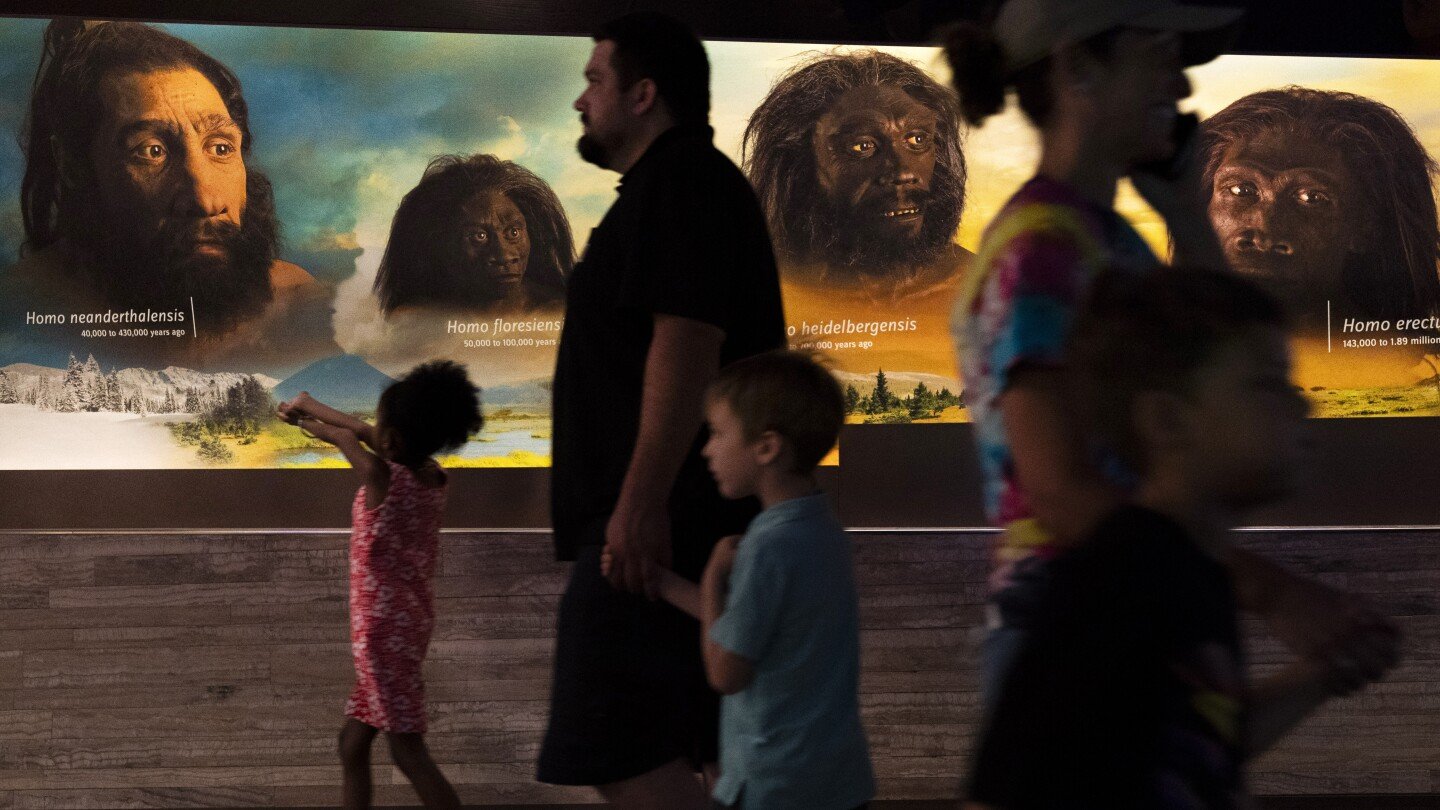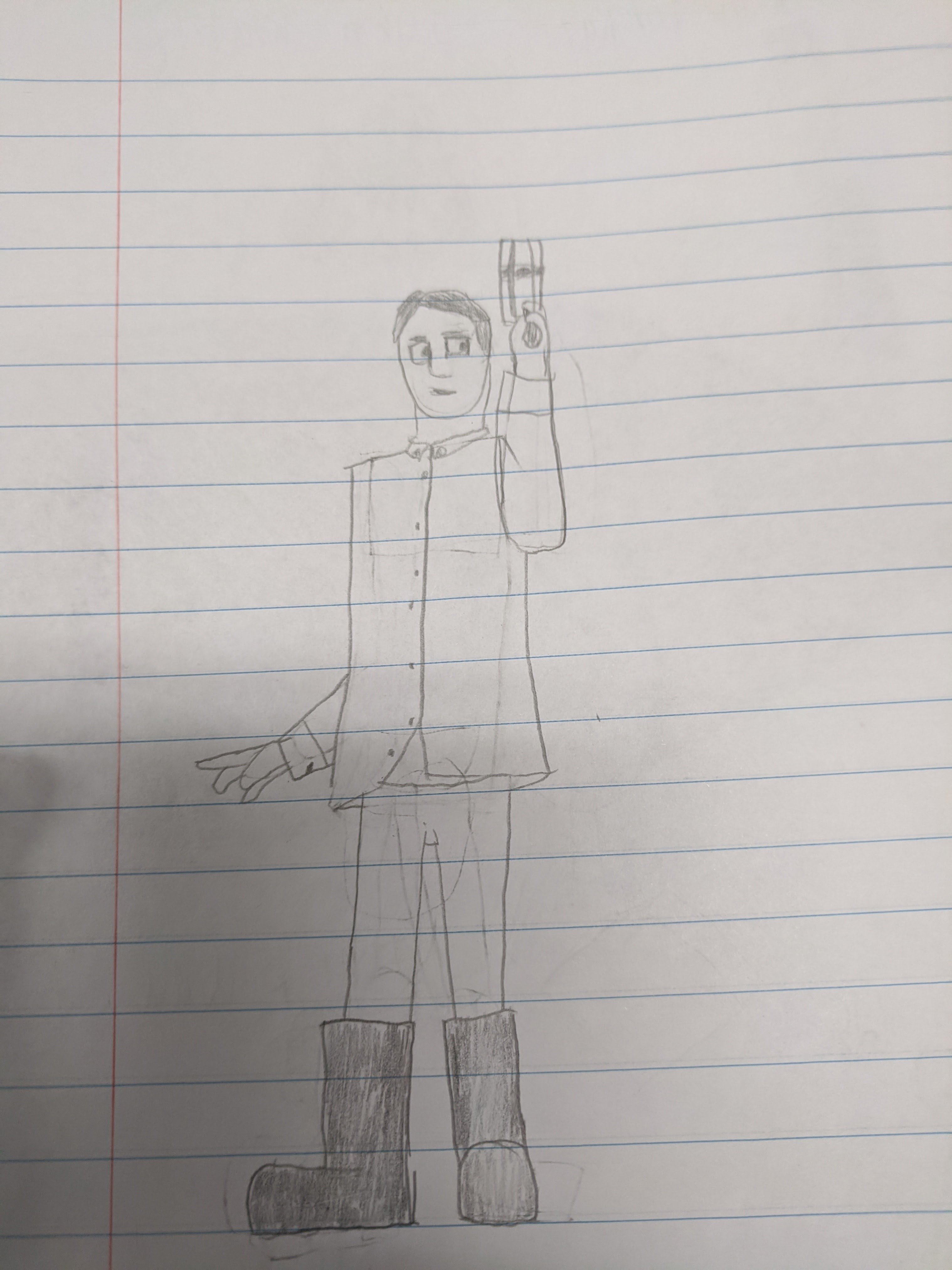In addition to Neanderthals and Denisovans we also know that we have trace amounts of another cousin that we have yet to identify.
Your mom knows which cousin, but she ain’t gonna tell.

Cousin Eddie has entered the chat.
First out-loud laugh of the day. Awesome response.
it’s cousin Lenny.
But we don’t talk about that side of the family.
They always tell us we have yet to discover them but we all know we’d all like to forget they exist
But remember, we’re all, exactly, totally, completely the same… and to suggest that some lineages might have traits that others don’t is wrong.
No one has ever suggested that. We suggest — and I’ll just say it clearly rather than suggest — that people who talk about “races” made up in like 1600, people who cite IQ tests, and people who show their whole ignorant, racist ass online are the fucking morons. Maybe they should show a little humility about their wack ass genetic inheritance.
There’s no real scientific basis of there being such a thing as a “race”. There’s many more sub-phenotypes of homo sapien than there are “races”. Hell, in Africa alone there are something like
14edit: 13 (sorry, had to fact check myself there) major, distinct genetic groups [1]. Many of the major pacific islands also have distinct genetic lineage; so much so that they can be reliably grouped into which island they originated from. “Race” is far too broad of a term and wholly unscientific; it should be broken down in a far more granular fashion. (in my opinion the benefit of this being that it’s unlikely to be worth it to racists to remember all the groups they’re trying to hate)The comment was a poke at the people (like yourself) who always jump to the conclusion you’ve jumped to; as well as the scientists who constantly walk on egg shells to avoid any topic like intelligence, because they will be roasted alive by hypersensitive people who are just looking for someone to attack. So their findings, and their reports are chastised in order to fit that particular nuance of our society.
Additionally, the reason I think we should stop shying away from distinctly organizing these genetic groups, is because in lots of cases of medical research, these genetic lineages aren’t being taken into account. Many drugs work differently on West-European patients than they do on East-Asian patients; or have different efficacy. These things need to be taken into account if we’re ever going to create the right medicine for the right people.
It’s worth noting that distinct lineages only really happen where there is reproductive isolation and that especially in the modern world no one has a “pure” lineage. Instead you have genetic composition that might have a larger influence from one ancestral population over an other.
The modern world with intercontinental travel is a relatively new thing. Even with that, many people don’t travel far: https://www.forbes.com/sites/lealane/2019/05/02/percentage-of-americans-who-never-traveled-beyond-the-state-where-they-were-born-a-surprise/
There’s plenty of reproductive isolation; especially when we’re talking about timelines on the orders of thousands of years here. It’s a myth that humans are some sort of ‘melting pot’, as we really haven’t been until this latest generation; due to ease of access to travel, better living conditions, access to birth control, and evolving social acceptance.
Doesn’t matter if not everyone is traveling far to reproduce, it only takes a few people to introduce a blob of diversity into an otherwise isolated population and suddenly all their ancestors become contributors to that areas gene pool. Without repeated introductions it won’t form a large part but it will form part. For example most people have direct neanderthal and denisovian ancestors and it’s not estimated that pairing between modern humans and those populations were all that regular an event and yet their genes are everywhere.
It only takes a few people to introduce a blob of diversity into an otherwise isolated population and suddenly all their ancestors become contributors to that areas gene pool.
I researched into this, and was incredibly surprised. The only compatible offspring of neanderthals and modern day humans, were with a male homo neanderthalensis, and a female homo sapien. Estimates are you’d only need 1 successful interbreeding every 70 generations or so.
If it’s that low, that makes me ponder: How is it we had both enough genetic isolation for speciation to occur, but enough proximity for pairing with modern humans? Denisovans also interspersed among our population, much the same way.
And if it takes that little, why do we see so many distinct genetic populations today? We see distinct differences in bone structure, birth canal shape, height, metabolism, and the article says even specific notable changes to immune system.
It’s because there aren’t distinct populations like you perhaps imagine them being, it’s more like a smeared colour pallet where one area might be a bit more red or a bit more blue but it’s hard to say a specific area is pure blue. The distinct features or populations exist as statistical probabilities based on likely ancestry for a given area. Any given individual in a population probably doesn’t express all the “unique” features, but over the total population those features are most prevalent.
Regarding Neanderthals and denisovian populations, they were probably more like what we’d call subspecies in other animals than truly distinct species from modern humans, isolated long enough to build up some unique genetic markers but not quite long enough to be fully separate.




